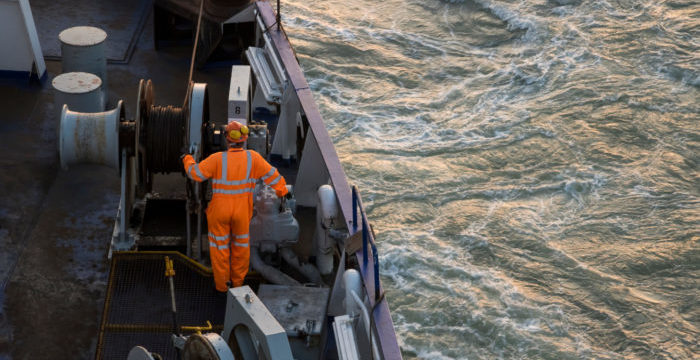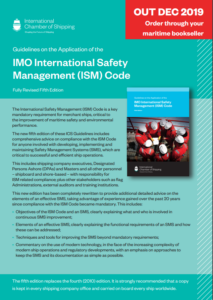A new edition of “Guidelines on the Application of the IMO International Safety Management (ISM) Code”, is soon to be launched from the International Chamber of Shipping (ICS). This is an updated edition of their previous guideline, which was published back in 1993.
With the International Safety Management (ISM) code playing a major role in the improvement of maritime safety and environmental operations, ICS along with shipowners and ship managers, created this guideline, in order to boost and further improve the SMS system’s implementation.
The view from ship operators was that we should be looking at how we can simplify understanding of the ISM Code and the application of its requirements.
…as Mark Rawson, ICS Expert Group Lead said.
For the records this is the 5th edition of the guidelines, which goals to provide detailed information on the SMS’ elements and requirements, as the ISM code has been mandatory.
The purpose of ISM, when it was adopted by IMO more than 25 years ago, was to make it easier and safer for ships’ crews to carry out their work. Today, this is something which is sometimes overlooked. The industry has changed so much since the 1990s, and we are now in a very different and far more complex place.
…Mark Rawson continued.
Specifically, the revised guideline will include techniques and tools for improving the SMS, explanations of its functional requirements and the steps each company has to take in order to succeed. It will also involve companies’ experiences on the ISM Code implementation, and some practices or ideas of how to use it positively in the future.
There is much more pressure from external stakeholders – including charterers and commercial interests, such as banks and underwriters – to use the SMS for their own purposes. We have therefore sought to provide greater clarity on what ICS believes is actually the key point of ISM Code compliance.
…noted Mark Rawson.
Concluding, ICS has also published a guideline for developing a Polar Water Operational Manual in the past, which provides several advice and techniques of how to develop a Polar Water Operational Manual (PWOM) to the needs of shipping companies’ individual ships.
You may see more information in the following PDF































































